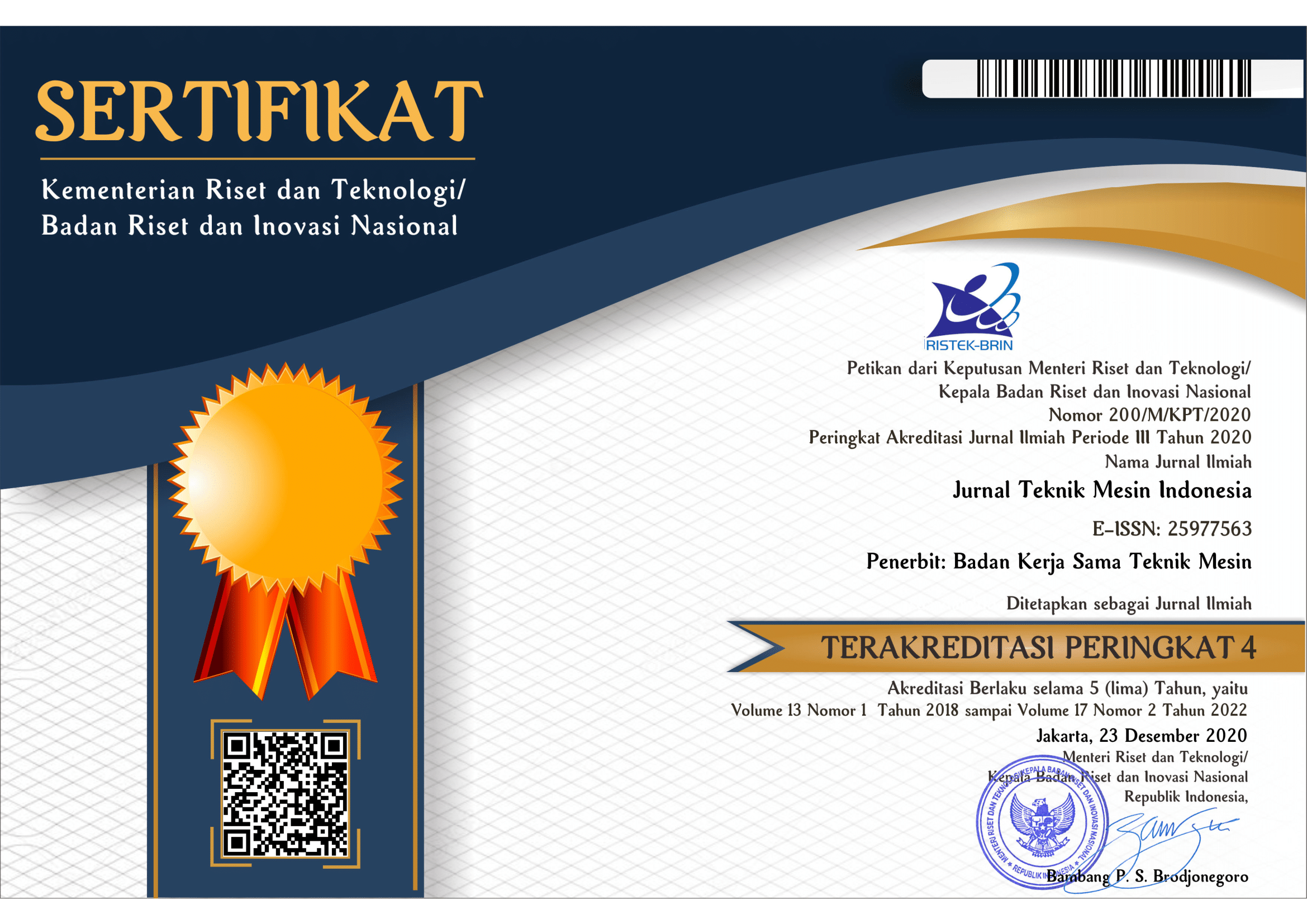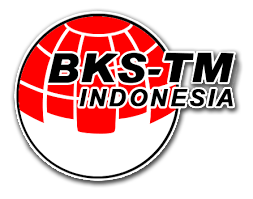Efek penggunaan serbuk karbon aktif sebagai pelumas dalam proses kompaksi
DOI:
https://doi.org/10.36289/jtmi.v13i1.82Keywords:
carbon powder, friction factor, compaction process, sintering process, mechanical properties, microstrutureAbstract
One of the advantages of powder compaction to other manufacturing process is the improved quality with maintained tolerances and reduced processing cost. However, during the compaction phase, significant friction force usually generated which gives adverse effect to the quality of final products. Polymeric lubricant is usually used to reduce friction, both inter-particle and between powder mass and the die surface. However, due to its lower melting temperature, during sintering process, portion of the lubricant at the surface is burnt out and trapped lubricant inside the compact expands leaving pores which lowers down the strength of the sintered products. In order to overcome this problem, fine activated carbon varying from 0.1%, 0.3% and 0.5% was used as admixed lubricant. The feedstock was prepared by mechanically mixing iron ASC 100.29 powder with designated carbon powder for 30 minutes. Powder mass was compacted at 30°C and 150 °C by applying simultaneous downward and upward load of 130 kN. The defect-free green compacts were heated at argon gas fired sintering furnace at different sintering schedule i.e, 800°C, 900°C and 100°C. The sintered products were tested mechanically and their microstructures were evaluated. The results revealed that the properties of sintered products were affected by carbon content, forming temperature, and sintering schedules.










